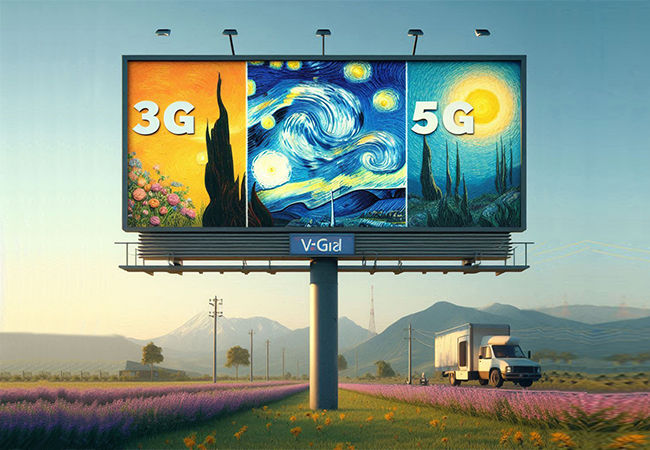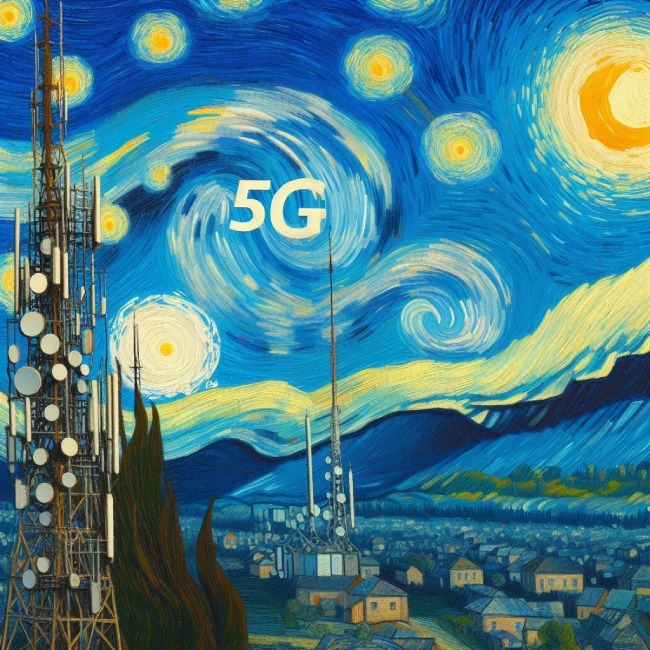
The evolution of mobile network technologies from 3G to 4G to 5G represents significant advancements in speed, capacity, latency, and the range of applications they support. Here’s an overview of each generation and its impact
Call An Expert
Launched in the early 2000s, 3G networks were the first to enable mobile internet and data services at a commercially viable scale.
Offered data transfer rates of up to 2 Mbps, with typical speeds around 384 kbps.
Enabled basic mobile internet browsing, email, and multimedia messaging.
Marked the beginning of widespread mobile internet use, allowing for the development of early mobile applications and services.
Supported video calls and mobile TV.
Launched in the late 2000s to early 2010s, 4G networks introduced significantly higher speeds and lower latency.
Key standards include LTE (Long Term Evolution) and WiMAX.
Provided data transfer rates up to 100 Mbps for mobile use and 1 Gbps for stationary use, with typical speeds ranging from 5 to 12 Mbps.
Enabled high-definition video streaming, online gaming, and more complex mobile applications.
Revolutionized mobile internet by supporting applications that require higher bandwidth and lower latency, such as streaming services, real-time multiplayer games, and advanced mobile apps.
Led to the development and proliferation of smartphones and mobile computing.

Began rolling out in the late 2010s, 5G represents a substantial leap in wireless technology.
Standards include NR (New Radio) and advanced LTE technologies.
Offers data transfer rates up to 10 Gbps, with typical speeds ranging from 50 Mbps to 3 Gbps.
Significantly reduced latency to as low as 1 millisecond, enabling real-time applications.
Supports a much higher density of connected devices per unit area.
Facilitates the Internet of Things (IoT), with the capacity to connect billions of devices, from smart home devices to industrial sensors.
Supports advanced technologies such as autonomous vehicles, remote surgery, augmented reality (AR), and virtual reality (VR).
Enhances mobile broadband experiences with ultra-high-definition video, faster downloads, and more responsive services.
Drives the development of smart cities and advanced infrastructure through enhanced connectivity and real-time data processing.
3G: Up to 2 Mbps
4G: Up to 100 Mbps (mobile), 1 Gbps (stationary)
5G: Up to 10 Gbps
3G: 100-500 Milliseconds
4G: 30-50 Milliseconds
5G: 1-10 Milliseconds
3G: Basic internet browsing, email, and multimedia messaging.
4G: HD video streaming, online gaming, advanced mobile apps.
5G: IoT, autonomous vehicles, remote surgery, AR/VR, smart cities.
3G: Limited to basic mobile devices.
4G: Smartphones, tablets, and some IoT devices.
5G: Massive IoT, smart infrastructure, advanced computing devices.